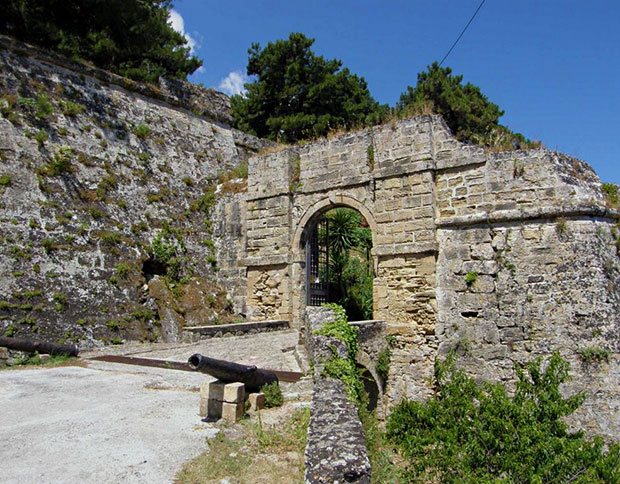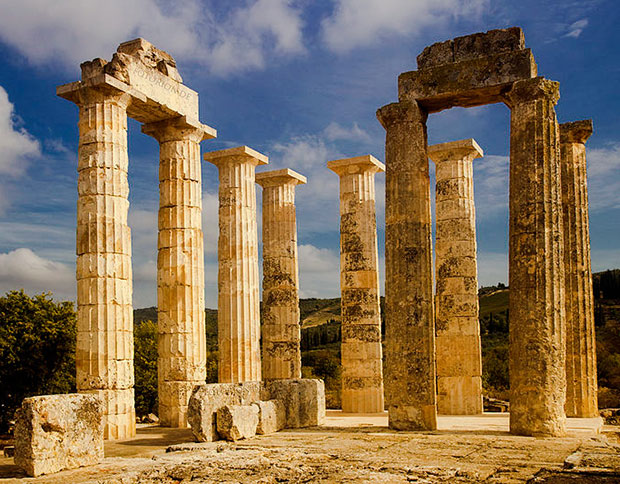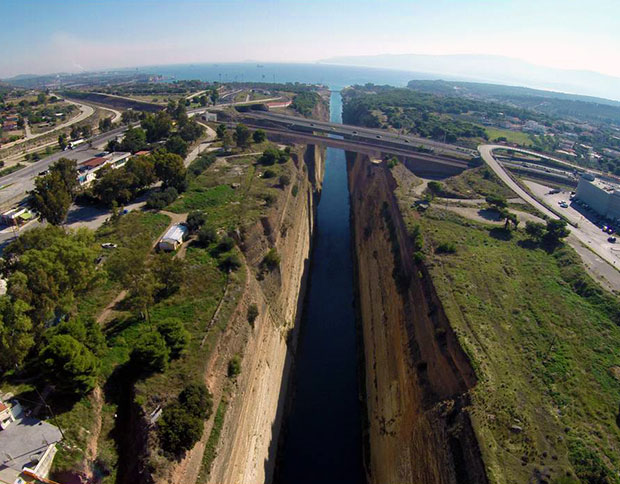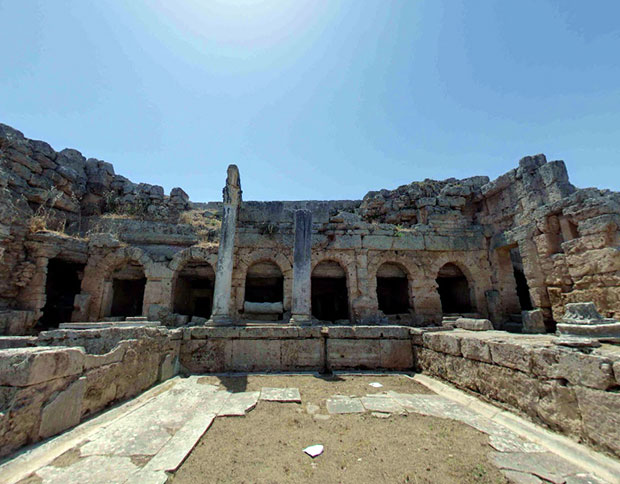Ancient Corinth - Corinth Canal - Ancient Nemea
See the Acorocrinth & the Temple of Zeus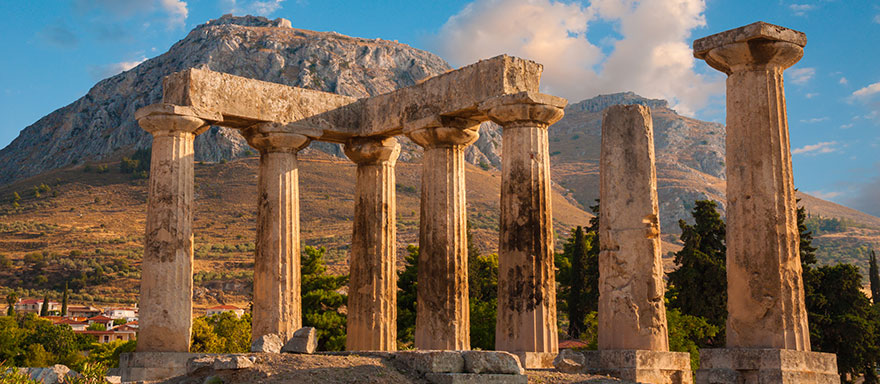
Ancient Corinth
Ancient Corinth, was a city-state on the Corinthian Isthmus, a narrow piece of land that joins the Peloponnese with the Greek mainland. The ancient city of Corinth was founded in the 10th century B.C., it was one of the largest cities in Ancient Greece and the richest port of its time. This is also where Apostle Paul came to preach to the Corinthians and spread Christianity and later on founded a successful church. Corinth was also the place where he sent two of he's epistles, calling the Corinthians to stop their heathen and sinful way of life. The city was widely known throughout Greece for the wild life of it's residents.
Acrocorinth is located at a height of 574 metres above the city of Ancient Corinth and is well worth a visit.
The Isthmus is no longer part of the geographical characteristics of the area, in its place a canal has been opened, the Corinth Canal. It connects the Aegean and the Ionion Sea. The canals lenght is 6,4 kilometres and just 21,4 metres wide at its base, allthough there had been suggestions and attempts of creating the canal in ancient times the constuction started in 1881 and was complete 1893. Due to its narrow path it didn't attract the traffic expected and is now used as a tourist attraction.
Ancient Nemea
Ancient Nemea, like Olympia, was a Sanctuary where athletic games were held in honour of Zeus which were later known as the Panhellenic Festival Games.
In mythology, Nemea was famous as the home of the Nemean Lion, which was killed by the hero Heracles and as the place where the infant Opheltes, lying on a bed of parsley, was killed by a serpent while his nurse fetched water.
The Temple of Nemean Zeus (the god of shepherds and shepherding not the philanderer) was built around 330 BC and only three of the original columns remained. In 2002, two columns were reconstructed and in 2012 another four. The sanctuary of Zeus has had ongoing excavations since 1973: the great open-air altar, baths, and ancient accommodation for visitors can be seen. The temple stands on the site of an Archaic period temple, of which only a foundation wall is still visible.
The stadium has more recently been uncovered (in 1974) and was painstakingly excavated over a number of years. It is notable for its vaulted entrance tunnel complete with ancient graffiti on the walls, starting line and changing rooms. The revival of the Nemean Games has been a successful event for some years and it is possible to participate in the next (6th) Nemean Games. Registrations should be made before May 1, 2016.
In addition to its antiquities, Nemea is famous for its Agiorgitiko wine which is exported all over the world. There are many wineries, mostly family owned and operated, and many are open daily to the public for tasting and tours. Travel the "Wine Roads" of Nemea in a separate excursion or visit one of them for a tasting after your visit to the archaeological site.
Time: approx. 8 hours
Having visited the large sites at Epidavros and nearby Mycenae we had no high expectations of lesser known Nemea but we found it very evocative. The temple to Zeus and is interesting but do go into the museum. There are lots of artifacts of course but we found the little video on the starting mechanism for the races absolutely fascinating. It was then quite wonderful to enter the stadium through the tunnel and put ones toes on the original blocks used by the athletes over 2000 years ago. The site is beautiful with flowers everywhere!.
Visitor's review on Trip Advisor
